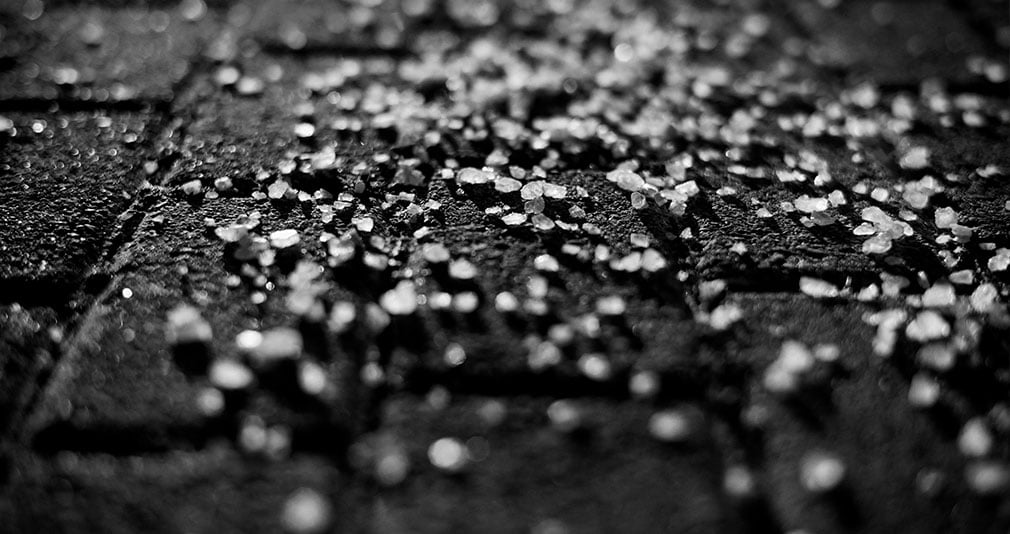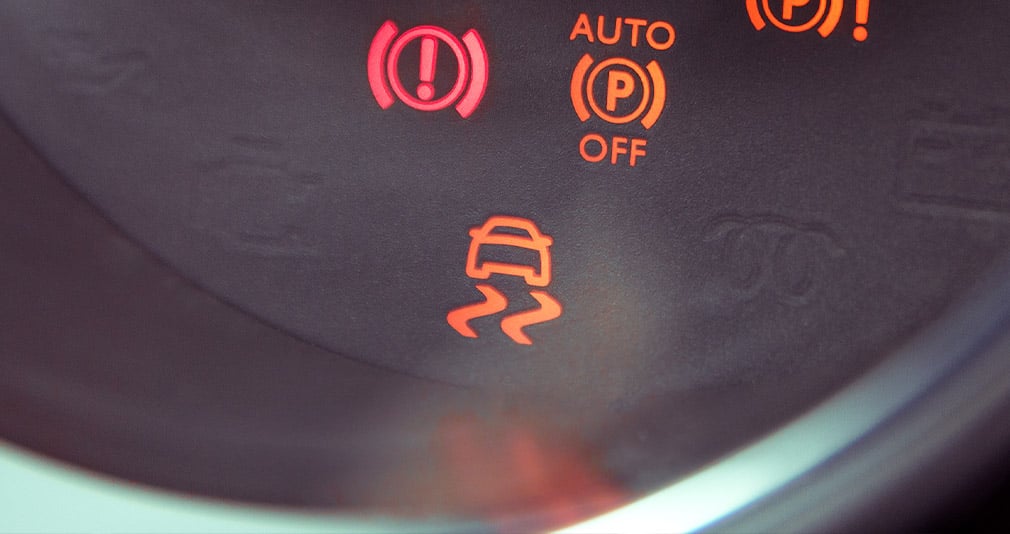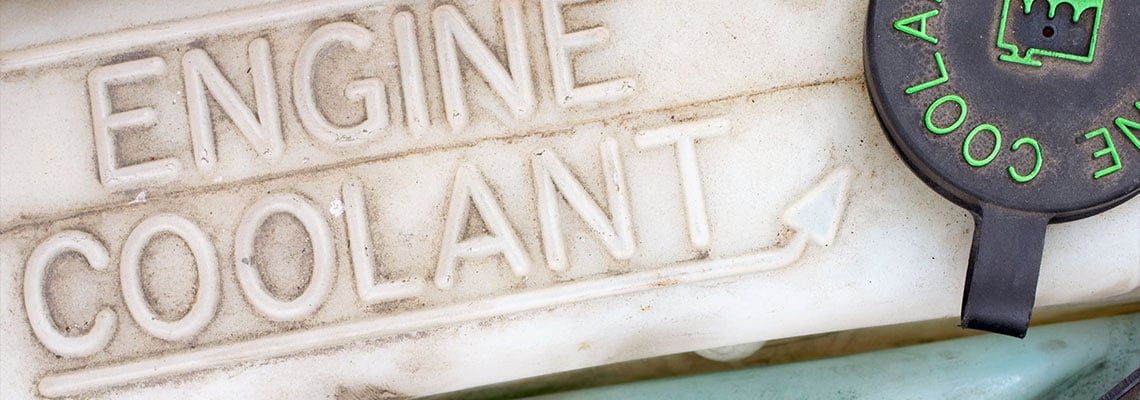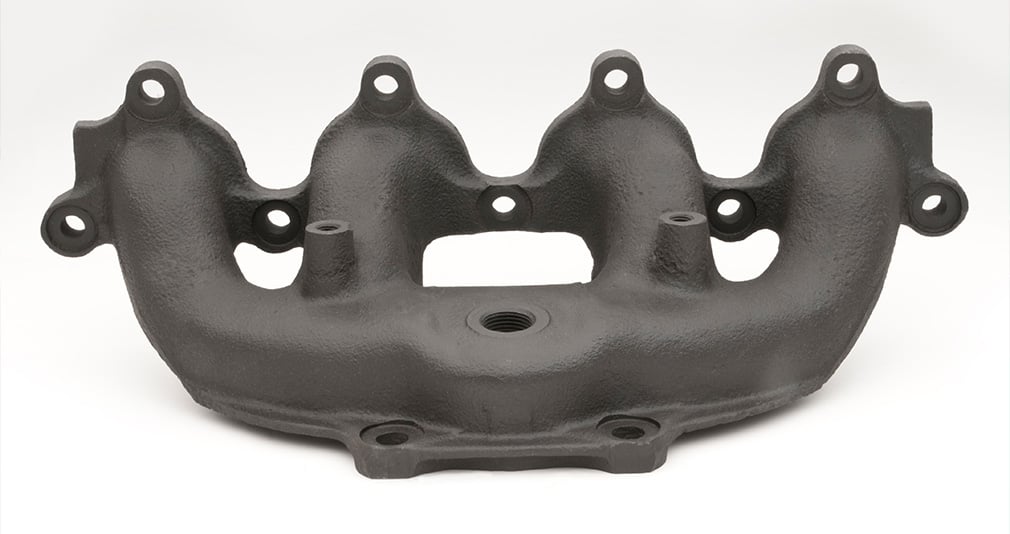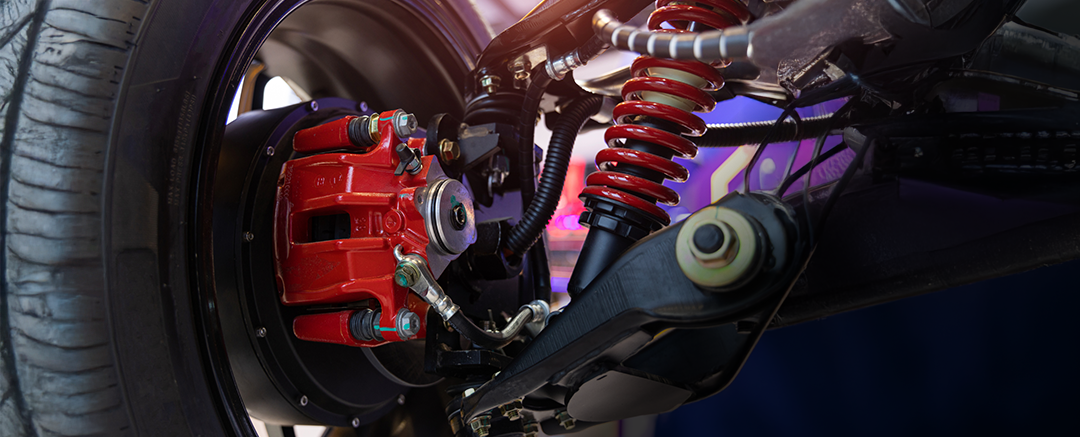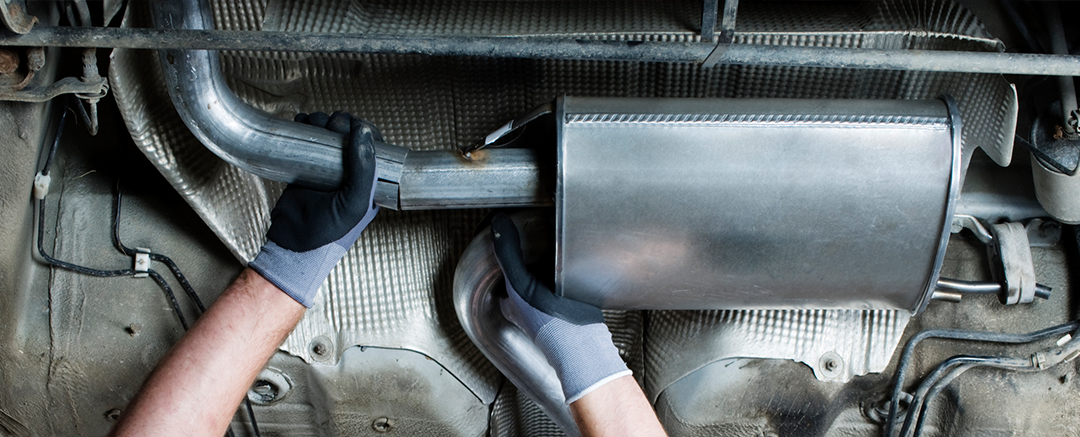During Cleveland’s raging winters, road salt is frequently applied on public streets and highways to prevent ice and snow from accumulating. While this salt makes for safer driving conditions, it also has some drawbacks. Let’s look at what road salt is, how it works and some of the effects that it has on vehicles and the environment.
How Does Road Salt Work?
We’ve all seen de-icing trucks spreading salt on our roads and sidewalks. The salt used on road surfaces is rock salt — basically, table salt in its natural form. You may notice that instead of being pure white like table salt, which has been stripped of impurities, road salt is brown or gray.
Salt works by lowering the temperature at which water freezes and becomes ice, a phenomenon called “freezing point depression.” While ordinary water freezes at 32 degrees Fahrenheit, a solution with 10% salt, for example, will not freeze until it gets down to 20 degrees Fahrenheit. A solution with 20% salt won’t freeze until it reaches 2 degrees Fahrenheit. This means that water remains a liquid for longer rather than turning into slippery ice that causes vehicles to lose traction.
For salt to work on roadways, the surface has to be at least slightly wet, so many trucks pre-treat roads with a brine solution of salt and water, which prevents ice from forming. This process can also reduce the amount of salt needed to de-ice roads later. Another factor is temperature. Applying salt to icy roads will only work if the temperature is above 15 degrees Fahrenheit. Salt won’t have much of an effect on ice below that temperature. When it gets colder than that, crews often spread sand on the ice for traction instead.
Road salt is inexpensive and easily procured, so its use is widespread. An estimated 20 million tons of salt is spread on roads around the United States each year. But it’s not without its downsides.
Salt Pollutes Ecosystems
The sodium and chlorine from rock salt can leach into water sources and into the ground near roadways. Rivers, streams and even drinking water can become contaminated and salty as a result. Runoff water containing road salt can lead to oxygen depletion in nearby bodies of water, negatively affecting fish, amphibians and aquatic plants. Once introduced into an ecosystem, salt is not easily removed. Salinity levels can continue to build in the long term.
Road salt can also contain impurities such as phosphorus, lead and aluminum, which can harm the surrounding environment and water sources. Thirteen U.S. states allow wastewater brine from oil and gas production wells to be spread on roadways, and this practice can involve toxins that accumulate in the groundwater, soil and air.
Salt Corrodes Vehicles
Salt, when combined with water, corrodes concrete, vehicles and even steel structures such as bridges. Experts estimate that salt corrosion costs the United States $5 billion each year in highway damage.
Exposure to salt can also hasten the formation of rust on your car — particularly its many steel components. And the more exposure to salt your car receives, the worse the corrosion. Rust on parts of your car such as the brakes, muffler, frame and exhaust can cause serious issues for your car’s structural integrity and make it more difficult for technicians to service your vehicle.
While brine is better at preventing ice formation on roads, it’s even worse for your car than road salt because its moisture allows the salt to more easily adhere to your vehicle.
Preventing Damage
Before temperatures drop in the fall, wax your car thoroughly to help protect your paint from the effects of salt during winter driving. An oil solution or rust protectant sprayed on the underside of your vehicle will also help prevent salt damage. A repair shop may be able to help with this task.
Most damage from salt happens underneath the car, where it’s not easy to see. Washing your car in a car wash that has an under-spray helps remove salt before corrosion sets in. Wash your car frequently in the winter, particularly after storms when roads may have been treated with salt.
Lastly, keep your distance from service vehicles that are spreading salt or brine. You want to avoid the spray and minimize the salt that ends up on your car’s undercarriage. For the same reason, steer clear of deep puddles of melted, salty snow whenever possible.
Your best strategy for avoiding damage from salt is to regularly maintain your vehicle. Learn more about proper auto maintenance by downloading Rainbow Muffler’s FREE e-book.

